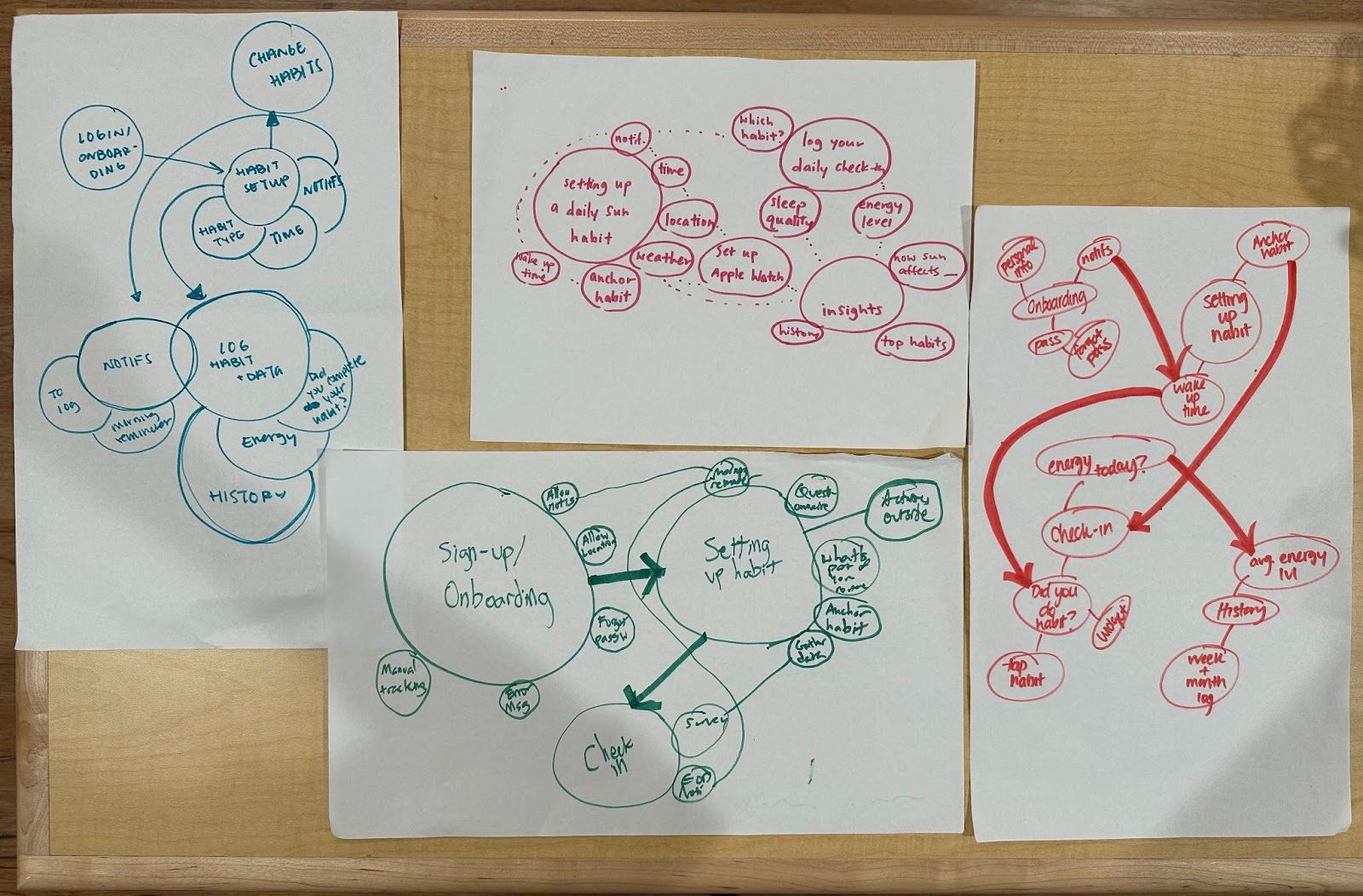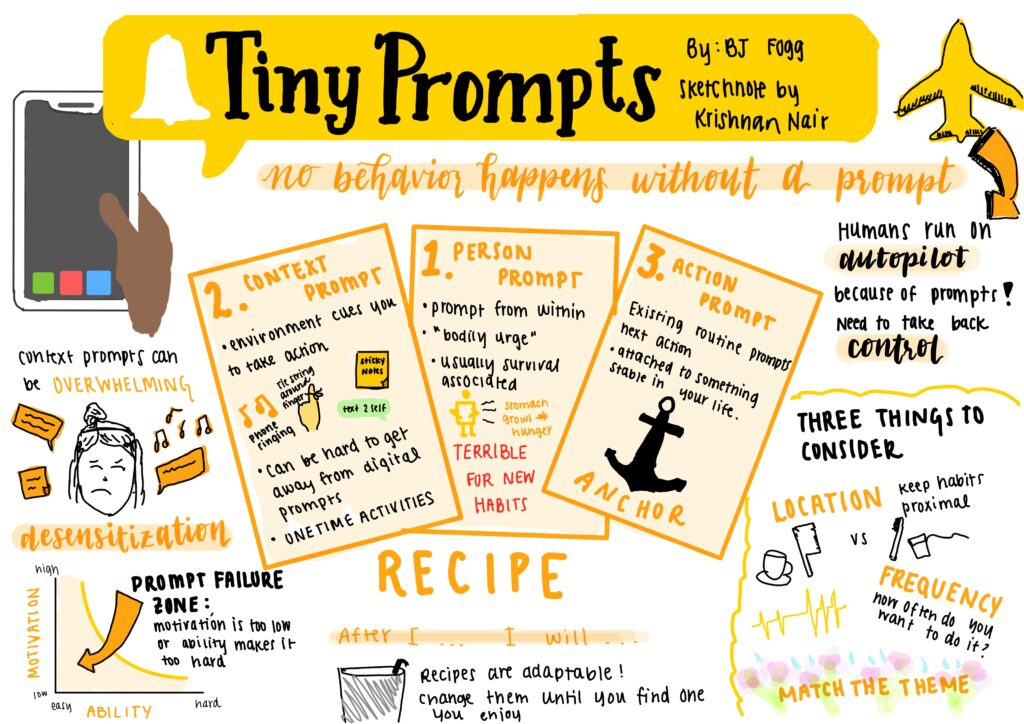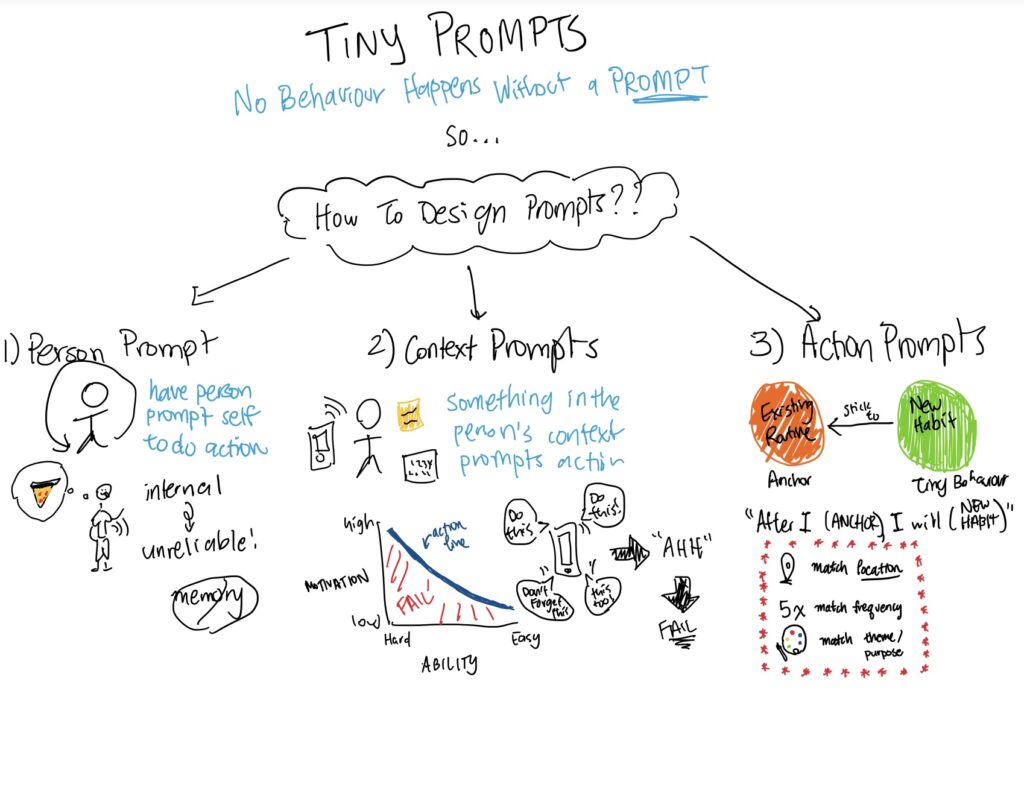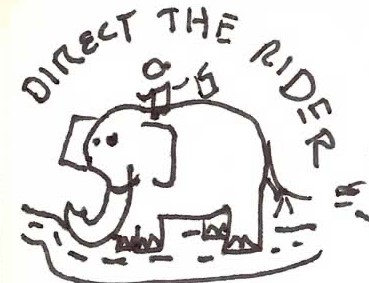Team Anemone: Emily Hsu, Isabelle Levent, Athena Shiravi, Zoya Garg, Henry Greenman
Initial Assumptions
After identifying a range of assumptions (see above 2×2 matrix), we focused on three in the high importance, unknown quadrant of our matrix:
- Assumption 1: People will be inspired by others going out into the sun to get more sun.
- Assumption 2: People know that sun exposure has positive benefits for mental health and sleep.
- Assumption 3: Reminding people to get sun as early as possible will help them meet sunlight earlier
Assumption #1 and #3 allowed us to test intervention types, so that we could learn about what kinds of interventions might be most effective. Assumption #2 allowed us to probe people’s attitudes, so that we could identify motivations for sun exposure and ways to position our app.
Assumption Testing & Takeaways
From our testing, we identified three core learnings:
- Participants were motivated to go outside by both peer pressure and time-based urgency (e.g., the sun is about to set). There was no clear majority winner; different notifications worked best for different participants.
- Most participants vastly overestimated the suggested minimum amount of time one should be outside, while underestimating the effect of sun on decreasing anxiety. Participants mainly associated sun exposure with increased energy levels.
- Participants who were nudged in the morning to be intentional about sun, remembered to get sun in the morning, although they were not always able to link sun exposure to a particular habit.
From our testing, we decided to try an intervention that furthered the insight that a morning nudge could make participants more intentional about sun exposure. We asked participants to link a morning habit to morning sun exposure and pinged them in the morning to remind them about getting sunlight. This also ties into our learning that time-based urgency (e.g., the sun is out now, make use of it while it is!) can motivate participants. Our insights about people’s attitudes towards sun exposure can be applied to our onboarding workflows, adding in one or two educational screens to motivate sun exposure, as we work towards our final prototype.
How did the study go?
In this study, we explored how participants incorporated morning sunlight into their routines and the impact of that sunlight on their mood, energy, and productivity. We used a survey to track instances of sunlight exposure, and asked them about their mood and energy levels, with participants integrating the habit in different ways.
- Nicole found our intervention highly beneficial! She noticed improvements in her productivity, was procrastinating less, and had a more structured morning routine. Our intervention study also helped her quit TikTok!
- Edis didn’t say he found the intervention study helpful because of the cold climate of his environment. He acknowledged the merits of sunlight, but contextualized his study experience with how high-friction it was to incorporate sunlight in his routine.
- Athena’s Mom appreciated the simplicity of the study, especially in comparison to our prior baseline study. She claimed it made her more intentional about morning sunlight, which she implemented by taking her work calls outside. She said it improved her mood and energy without disrupting her workflow.
- Jessica said her mood and sleep quality improved on days when she opened her window for better sun exposure. Tracking her exposure helped her realize she wasn’t getting as much direct sunlight as she thought, especially on days without any prior commitments.
- Cate, already an early riser, said that she felt relief from her busy schedule and reduced anxiety. While she had to be reminded or remind herself to track her sunlight exposure, she got into a routine and said that she could see herself consciously committing to greater sun exposure, especially in winter months.
What did you learn?
- Sunlight improves productivity: Nicole said she felt more productive, procrastinated less, and had more motivation to complete tasks.
- Routine and accessibility matter: Edis found that environmental factors (cold weather) was a major barrier to incorporating sunlight.
- Subtle habit shifts are sustainable: Athena’s Mom found that integrating sunlight into an existing habit (taking calls outside) made it easier to maintain.
- Tracking increases awareness: Jessica became more conscious of her actual sun exposure versus perceived exposure, realizing how little direct sunlight she got on certain days.
- Potential placebo effect: Jessica also noted that participating in the study might have biased her self-reported mood improvement.
How does this change your solution design?
- We need to personalize/account for environmental nuances: Our solution needs to account for environmental barriers (e.g., cold weather), possibly through recommending alternative habits like using a sun lamp or changing the intervention period based on the season.
- Stacking habits with existing routines is sticky: We should support habit-stacking, since encouraging users to attach the habit to an existing behavior (e.g., taking calls outside, morning coffee near a window) improved their adherence
- Real-time reminders: Jessica mentioned that she would forget to log her mood at night, suggesting that evening reminders may be helpful in including consistency.
- Data visualization & awareness tools: Since tracking exposure made Jessica more aware of her sun habits, a feature that visually displays sunlight patterns can provide more motivation for the behavior change
System Map
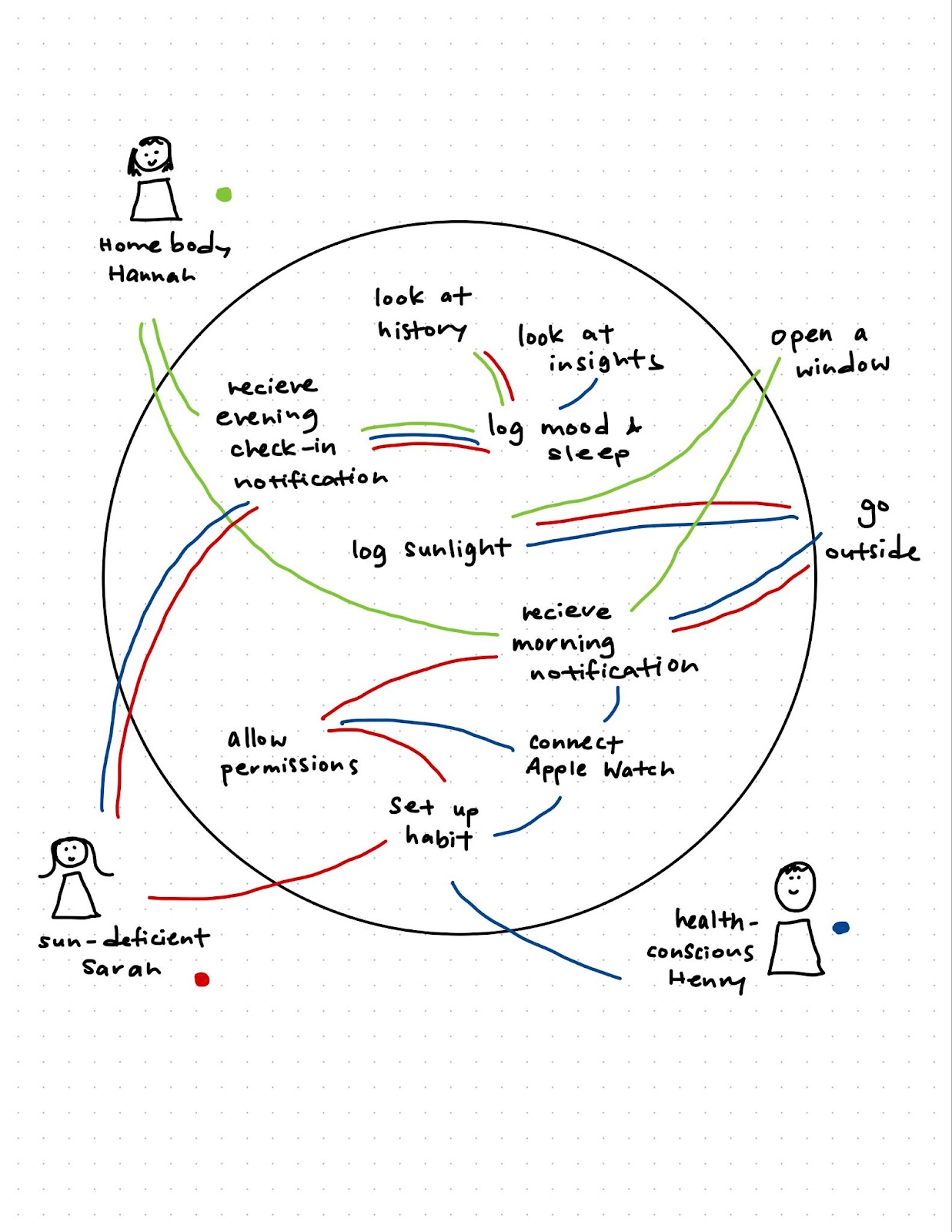
We based our system map off of three personas:
- Homebody Hannah: This persona was informed by our interviews of new grad friends in the interim period between graduation and work. They spend most of their time indoors with very few commitments that take them outside and may get most of their sunlight through a window, especially in cold-climate locations. In this system diagram, she represents a returning user.
- Sun-Deficient Sarah: This persona is informed by our interviews with people who work long hours during the day and thus find it hard to fit sunlight into their busy schedules. In this diagram, she is a first-time user.
- Health-Conscious Henry: This persona is informed by another user group that would use an app like ours. These are people who are very health-focused and may own existing hardware to integrate with our app like an Apple Watch. In this diagram, he is a first-time user.
Based on our system diagram, there are two primary workflows: (1) set-up, and (2) check-in. In the set-up process, we ask users to set up their anchor habit—that is, choose an existing habit that they already do every day that they want to pair with sunlight. During the onboarding process, an important step is that they allow permissions to location data and notifications, and if they have an Apple Watch, to connect their Apple Watch so we can get Time in Daylight and Sleep data. The system paths of Sarah and Henry differ because Henry has an Apple Watch and Sarah doesn’t.
During the day, all the personas receive a morning notification to get sunlight. This is the primary reminder that brings the user back to the app and then pushes them out again to perform the habit. For Sarah and Henry, this may be going outside. For Hannah, this may be getting sunlight through a window. Then, all the personas are brought back into the app with the evening check-in notification. All the users then log their sleep and mood. For especially health-focused users like Henry, they may then check their insights (analytical data that shows patterns between sun/sleep and sun/mood). For the average, they may just look at the history of their logs through a calendar view.
Overall, the system map helped us break down what the core MVP features would be, where users enter and exit the app (i.e. primarily through notifications), and what would be the one-time actions they would require more guidance and repeated core actions that users would take every day.
Story Maps
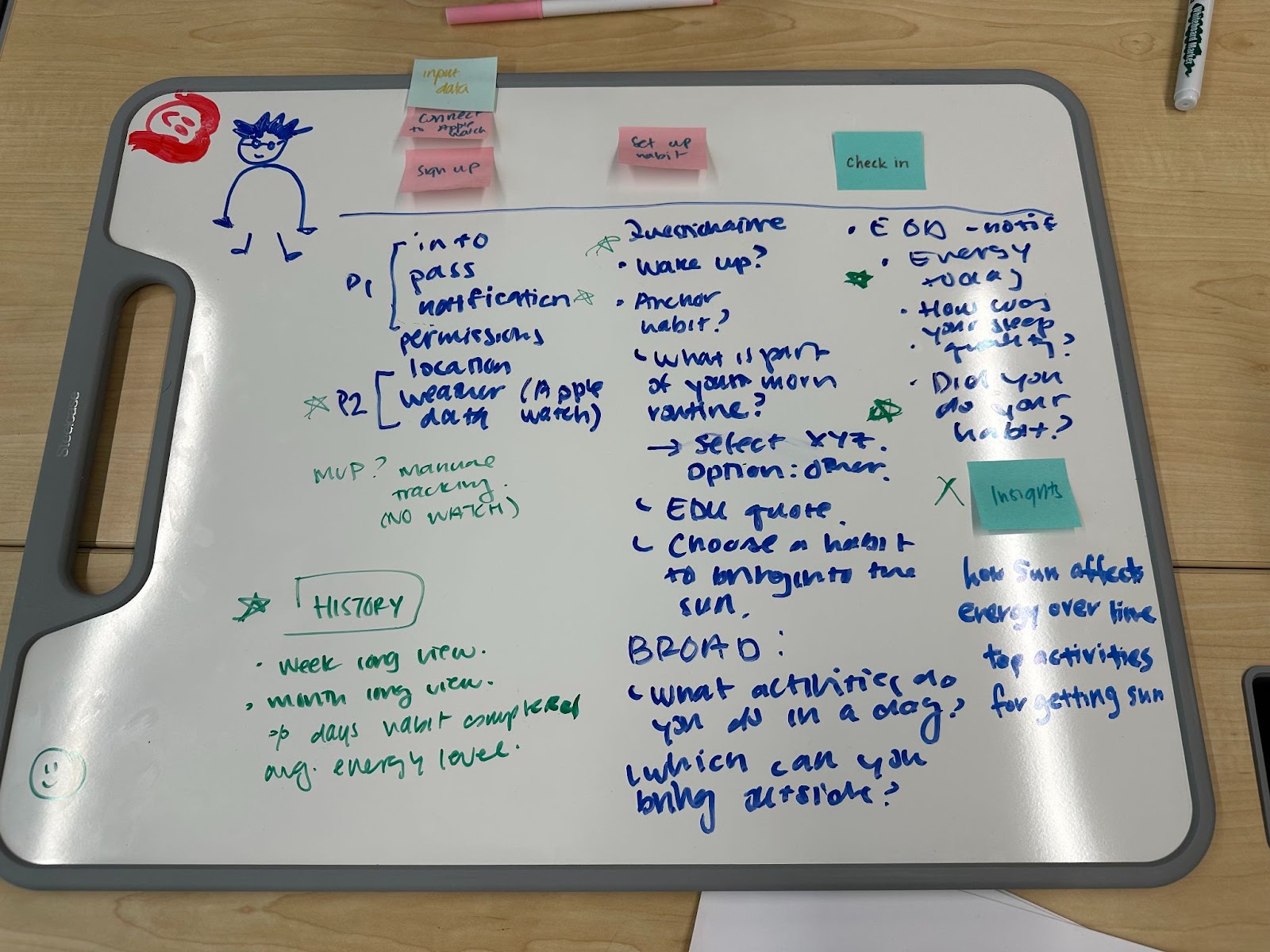
- From this step, we understood the importance of habit stacking and anchoring, and integrating sun exposure into a daily routine, rather than viewing it as a chore.
- While we want sun exposure to become part of one’s routine, we also understood that people can forget habits, especially when creating new ones. Thus, prompting via encouraging but not overwhelming notifications was necessary.
- Additionally, we recognized a need for reducing focus on insights and having a sun history view, that shows users how much time they have spent outside in the past week or month.
MVP Features
For our minimum viable product, we are focused on building a prototype that included the following key features:
- A live sunlight display, using locations permissions to display the conditions outside.
- Encouraging habit stacking by letting users choose their common habits.
- Less emphasis on insights and creating a history view so users can see their sun habits over the past week.
- Real-time notifications to remind users to go outside, with a focus on the morning.
- A mood/sleep check-in that allows users to log how they are feeling, and their sleep quality.
Bubble Maps
